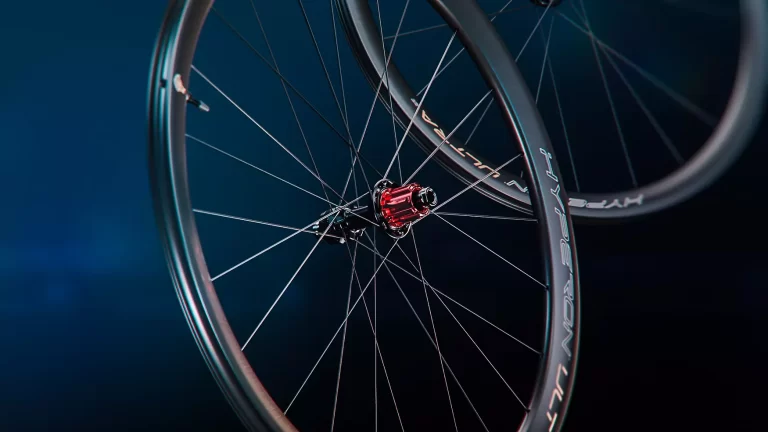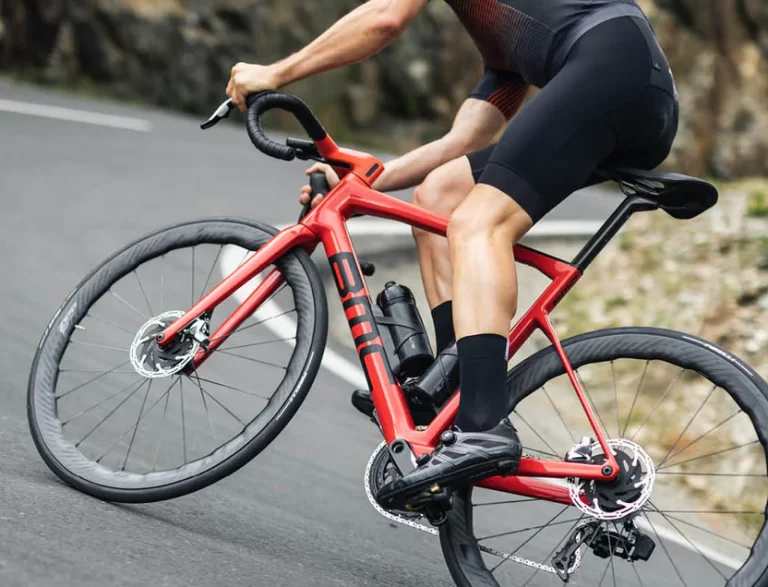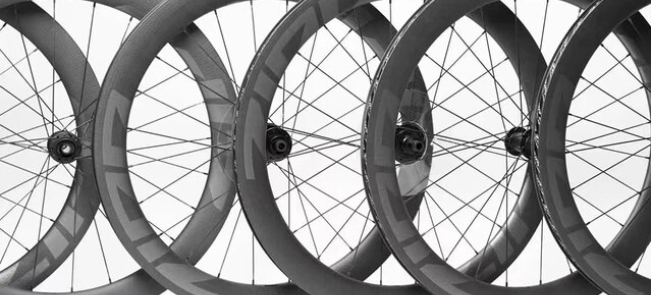Understanding Road Bike Wheel Sizes: Insights from a Master Cyclist

Key Point Summary of Understanding Road Bike Wheel Sizes:
- Wheel Sizes Vary by Discipline: Road bikes typically use 700c wheels, but other sizes like 650b are also in use, especially for smaller frames or specific riding styles.
- 700c Dimensions: The standard diameter for a road bike wheel is around 622mm, fitting into the 700c category. This size offers a balance of speed, efficiency, and handling.
- Importance of Wheel Sizing: Choosing the correct wheel size affects bike fit, performance, and comfort. It can also impact the bike’s handling characteristics.
- Tire Width and Wheel Size: Wider tires on the same diameter wheel can offer more comfort and better grip, impacting the choice of wheel size for different riding conditions.
As a cyclist who’s spent years racing and riding across various disciplines—mountain biking, gravel grinding, cyclocross, and of course, road cycling—I’ve come to appreciate the nuances that make each experience unique. One aspect that significantly impacts performance, comfort, and suitability to specific terrains is wheel size. Specifically, when we talk about road biking, understanding wheel sizes can make a considerable difference in your cycling journey, especially if you’re transitioning from beginner to a more intermediate level.
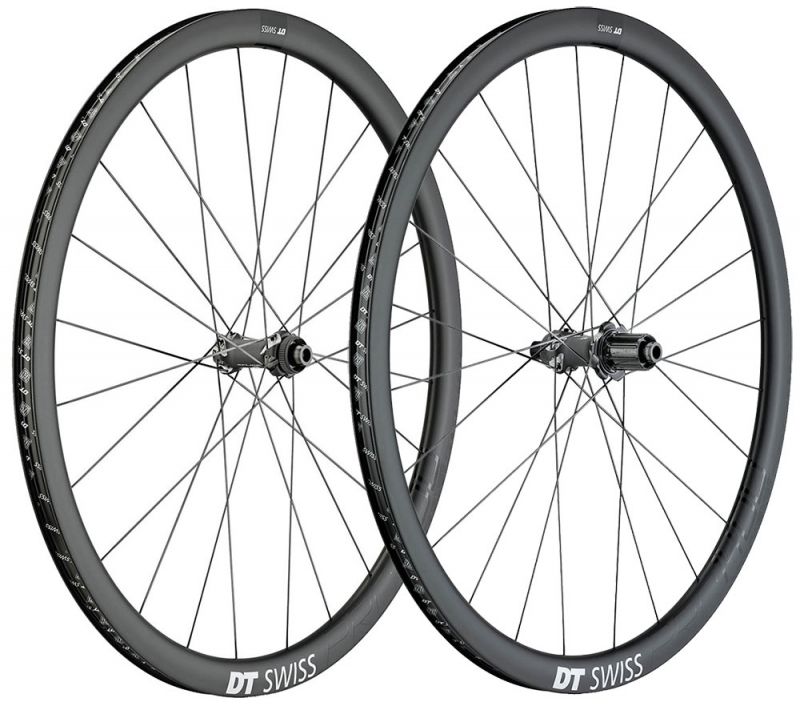
The Significance of Wheel Size
Wheel size isn’t just a number; it’s a fundamental component that shapes your bike’s identity and how it interacts with the road. When I first transitioned from mountain biking—with its larger, more forgiving wheels—to road cycling, the difference in wheel size was immediately apparent. The standard 700c wheels of road bikes, with their sleeker profile, offered a new level of speed and responsiveness that was both exhilarating and intimidating.
Understanding 700c Dimensions
The term 700c might sound cryptic if you’re not familiar with it. Essentially, it refers to the diameter of the wheel, including the tire. The 700 part doesn’t directly correspond to any specific measurement in millimeters but is more of a historical designation. The c indicates one of the sizes in an old French sizing system that ranged from a to d. The actual diameter of the rim is 622mm, but once you mount a tire on it, the total diameter can approach or exceed 700mm, depending on the tire width.
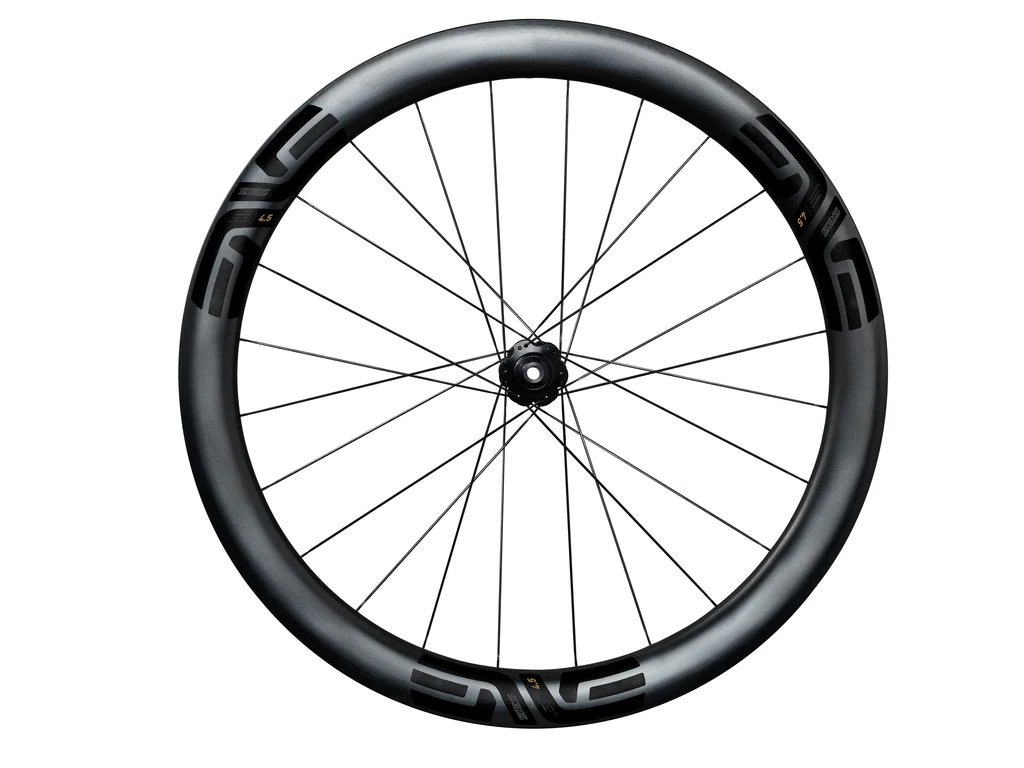
Why Wheel Size Matters
The choice between a 700c wheel and other sizes can affect many aspects of your riding experience. For instance, when I dabbled in cyclocross, I experimented with both 700c and 650b wheels. The latter, being slightly smaller, offered quicker acceleration and a more nimble feel—perfect for the tight turns and varied terrain of cyclocross courses. This versatility is something to consider if you’re eyeing mixed-terrain riding or have a smaller frame that might not accommodate the larger 700c wheels comfortably.
Tire Width Considerations
Another aspect that ties closely to wheel size is tire width. With the advent of gravel biking, wider tires have become more popular, even on road bikes, for their improved comfort and traction. It’s fascinating how a slight increase in tire width, say from the standard 23mm to a plush 28mm or even 32mm, can transform the ride quality. This shift necessitated a closer look at wheel sizing to ensure compatibility and optimal performance. Riding a gravel bike with wider tires on 700c wheels through rocky paths taught me the value of this combination, balancing speed and resilience.
The Impact on Bike Fit and Performance
Wheel size doesn’t just affect how the bike handles; it also influences bike fit and overall performance. Smaller or larger wheels can alter the frame geometry, affecting your position on the bike and, consequently, your comfort and efficiency while riding. Through years of racing, I’ve learned that even minor discomforts can lead to significant setbacks over long distances. That’s why choosing the right wheel size, considering your body dimensions and riding style, is crucial.
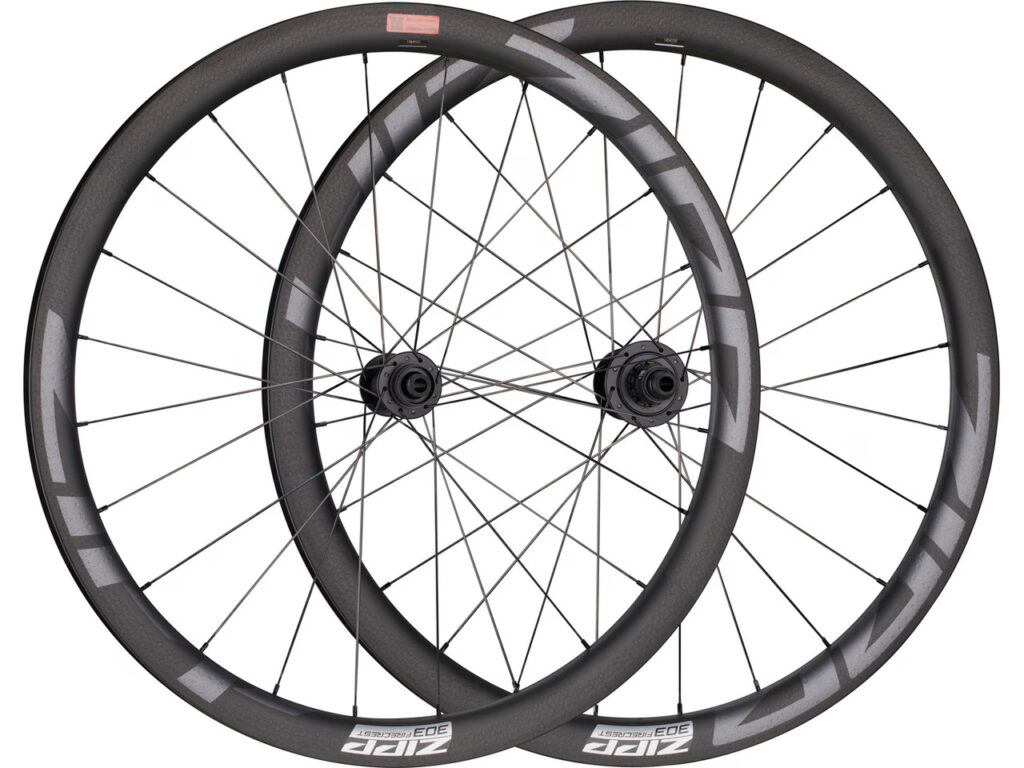
Wrapping Up
Based on the insights shared in the article, choosing the best road bike wheels depends on various factors including riding discipline, performance needs, and personal preference. While the article itself doesn’t list specific product recommendations, it emphasizes the importance of understanding wheel sizes and what to look for. Here’s a guide on what might constitute the best road bike wheels, considering the discussions from the article:
For General Road Riding (700c Wheels)
- Aero Wheels: Ideal for racers and speed enthusiasts. Look for wheels with deep-section rims (40mm or more) to reduce air resistance and enhance speed, like the Zipp 404 Firecrest or the ENVE SES 5.6.
- Lightweight Climbing Wheels: Perfect for hill climbers seeking every advantage in elevation. Wheels such as the Mavic Ksyrium Pro UST or the DT Swiss PRC 1400 Spline 35 offer a balance between weight and stiffness.
- All-Rounder Wheels: For those who want a mix of aerodynamics, weight savings, and durability. The Shimano Ultegra RS700 or the Campagnolo Bora One 35 are great examples.
For Gravel and Mixed Terrain (650b and Wide 700c Wheels)
- Gravel-Specific Wheels: Look for wheels that can accommodate wider tires, offer durability, and are tubeless-ready for lower tire pressures and puncture resistance. The Hunt 650B Adventure Carbon Disc or the Roval Terra CLX can be excellent choices.
- Versatile All-Road Wheels: Wheels that perform well on both pavement and light gravel. The Bontrager Aeolus Pro 3V TLR or the Stan NoTubes Grail MK3 are designed to handle a wider tire for comfort and grip on varied surfaces.
Key Considerations:
- Tubeless Compatibility: Tubeless wheels offer the advantage of running lower tire pressures for increased comfort and reduced puncture risk. Most modern high-quality wheels support this feature.
- Material: Carbon wheels offer weight savings and improved aerodynamics but at a higher cost. Aluminum wheels are more affordable and durable, making them a good choice for beginners and mid-level cyclists.
- Brake Type Compatibility: Ensure the wheels are compatible with your bike’s braking system, whether it’s traditional rim brakes or modern disc brakes.
When selecting the best road bike wheels, consider your specific needs:
- Speed and Efficiency: Aero wheels with carbon rims.
- Comfort and Versatility: Wheels that support wider tires, possibly in 650b size for smaller frames or specific handling preferences.
- Climbing Performance: Lightweight wheels with a focus on low rotational weight.
The best wheels are those that match your riding style, goals, and budget. It’s also wise to read reviews, consult with local bike shops, and consider the type of terrain you’ll be riding on most frequently.
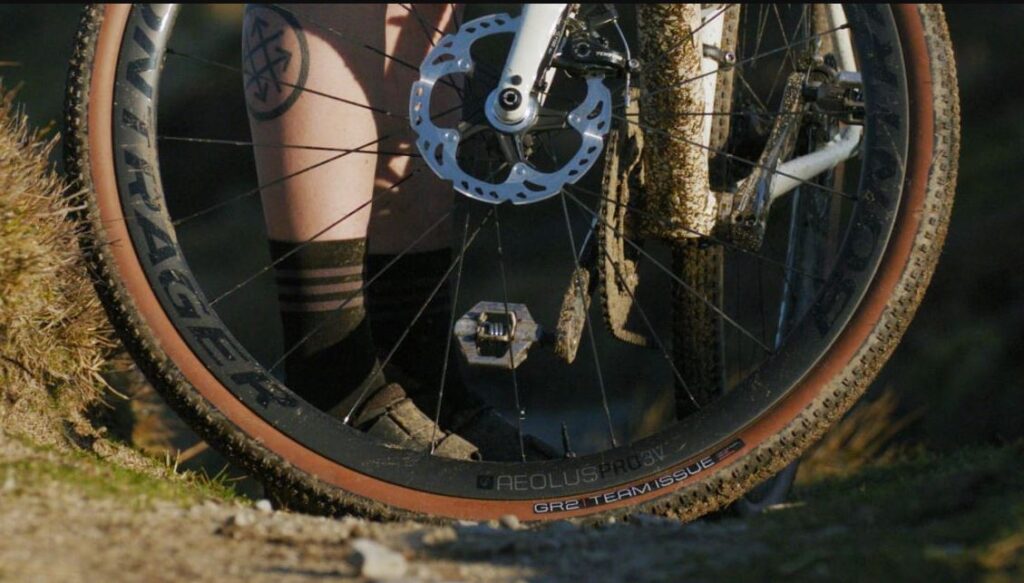
In the end, understanding and choosing the right wheel size for your road bike is about balancing various factors—bike fit, handling, terrain, and personal preference. Whether it’s the standard 700c for general road riding or the smaller 650b for a more nimble feel on mixed terrains, the right choice can elevate your cycling experience. From my days of racing on mountainous terrains to leisurely rides on my road bike, appreciating the subtleties of wheel sizing has been a journey of continuous learning and adaptation. The best wheel size is the one that meets your needs and brings the most joy to your riding.
John
FAQ
What size are road bike wheels?
Road bike wheels typically come in a size known as 700c, which is the standard size for most adult road bikes.
Is a 27 inch wheel the same as 700C?
No, a 27-inch wheel is not the same as 700c. 27-inch wheels have a slightly larger diameter than 700c wheels. 700c wheels have a bead seat diameter of 622mm, whereas 27-inch wheels have a diameter of about 630mm.
Is a 28 inch wheel the same as 700C?
Yes, a 28-inch wheel is often considered the same as 700c in many contexts, especially in terms of modern road bikes. However, traditionally, 28-inch could refer to slightly different sizes in different countries, but for most modern road bikes, 28-inch and 700c are used interchangeably, both having a bead seat diameter of 622mm.
Are 700C wheels the same as 29?
700c wheels are not exactly the same as 29-inch wheels (29er), but they are very close in diameter. Both have the same rim diameter of 622mm. The main difference is in the tire width and intended use: 700c wheels are typically used for road bikes with narrower tires, while 29-inch wheels are used for mountain bikes with wider tires. However, the rim diameter is the same, allowing for some interchangeability in terms of fitting tires.

